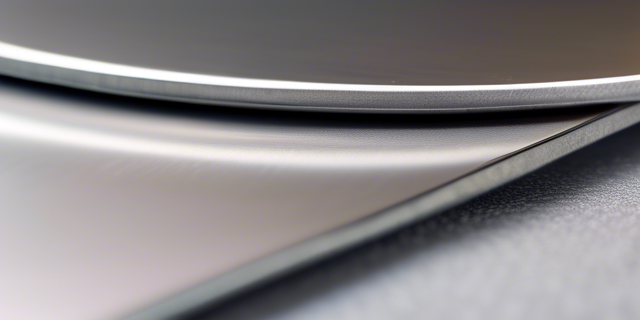
SUS304 vs. SUS316: Unveiling the Differences in Popular Stainless Steels
Stainless steel is a cornerstone of modern manufacturing and engineering, and among the most widely used variants are SUS304 and SUS316. Despite their similar appearances, the differences between these two grades are significant, though not easily discernible to the naked eye. Let’s dive into the specifics of SUS304 and SUS316, their unique properties, and their ideal applications.
Key Differences Between SUS304 and SUS316 Stainless Steel
The primary distinction between SUS304 and SUS316 stainless steels lies in their chemical composition. SUS316 contains more nickel and a small amount of molybdenum, setting it apart from SUS304. While their mechanical properties are broadly comparable, these additional elements in SUS316 confer enhanced chemical resistance.
- Nickel and Molybdenum Content: SUS316’s higher nickel content and the inclusion of molybdenum improve its resistance to acids and chlorides, including salt. This makes SUS316 particularly suited for chemical processing and marine environments.
- Cost: The addition of nickel and molybdenum makes SUS316 more expensive than SUS304.
- Melting Point: SUS304 has a slightly higher melting point compared to SUS316. The melting range for SUS316 is between 2,500 °F and 2,550 °F (1,371 °C – 1,399 °C), about 50 to 100 degrees Fahrenheit lower than that of SUS304.
- Corrosion Resistance: SUS316 outperforms SUS304 in resisting chemicals and chlorides, making it the preferred choice for applications involving salt or chlorinated solutions.
Advantages of SUS316 Stainless Steel
- Superior Corrosion Resistance The molybdenum in SUS316 significantly enhances its resistance to corrosion, particularly in acidic and caustic environments. This makes SUS316 ideal for highly corrosive settings, such as vapor degreasing and parts cleaning processes. It’s also a top choice for the pharmaceutical and medical industries, where sterilization requires exposure to strong disinfectants and high temperatures.
- Optimal for Marine Applications Marine environments are notoriously tough on metals due to seawater and salt air. While SUS304 can succumb to rust under these conditions, SUS316’s chloride resistance ensures its durability. This makes SUS316 indispensable for naval applications and any process involving chlorides.
- Exceptional Durability SUS316’s toughness and versatility make it ideal for custom wire baskets and other components that must endure high-impact processes. Products made from SUS316 are designed to withstand repeated use and exposure to harsh conditions.
Is SUS316 Worth the Extra Cost?
The decision to use SUS316 over SUS304 should be based on the specific demands of your application. For environments with strong corrosives or significant chloride exposure, investing in SUS316 is worthwhile due to its superior longevity and performance. However, for applications involving milder acids or minimal salt exposure, SUS304 offers sufficient durability at a lower cost.
In summary, while SUS304 and SUS316 may look alike, their differing compositions mean they excel in different environments. Understanding these differences ensures you choose the right stainless steel for your needs, balancing performance and cost-effectiveness.



